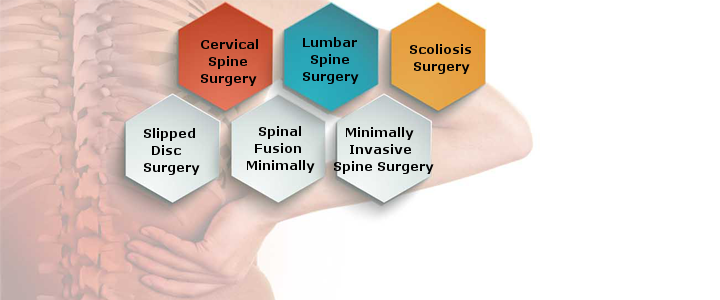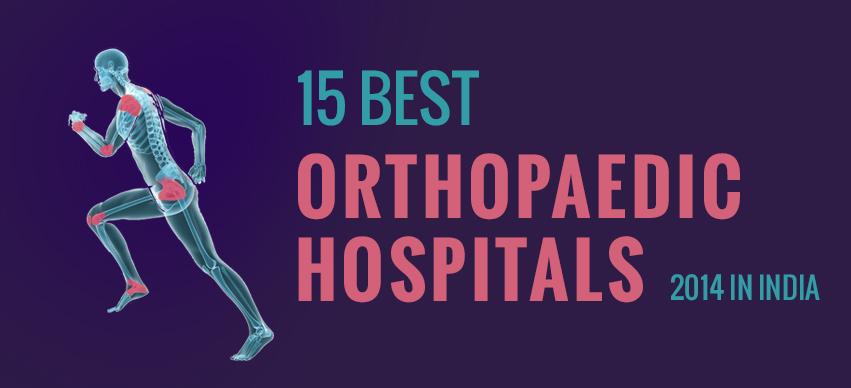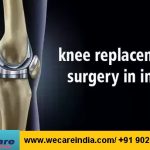MINIMALLY INVASIVE SURGERY
In open surgery the traditional way of performing an operation surgeons make long cuts through skin, muscle and sometimes bone. Recovery from open surgery can be painful and slow. Some patients may not resume their normal routine for months.
Minimally invasive procedures are performed through one or more dime-sized incisions, with much less trauma to the body.
 Although laparoscopic techniques vary widely, surgeons generally insert an endoscope, a long thin tube with a lighted camera at its tip, through a small incision. The camera sends a two-dimensional image of the surgical site to a high-definition monitor, which the surgeon watches throughout the operation. Specially designed surgical instruments are placed through the original cut or through other small incisions.
Although laparoscopic techniques vary widely, surgeons generally insert an endoscope, a long thin tube with a lighted camera at its tip, through a small incision. The camera sends a two-dimensional image of the surgical site to a high-definition monitor, which the surgeon watches throughout the operation. Specially designed surgical instruments are placed through the original cut or through other small incisions.
The number of incisions depends on the type of surgery and to some extent, on your surgeon but the trend is to use fewer and shorter incisions. It’s not uncommon for some abdominal operations, such as gallbladder surgery, to be performed through a single incision around the navel. In such cases, patients require only an overnight hospital stay and heal without a scar.
Types of Minimally Invasive Surgery in India
- Arthroscopy
- Endoscopy
- Laparoscopy
- Gamma Knife Radiosurgery
- Video Assisted Thorascopy
- Extracorporeal Shock Wave Lithotripsy (ESWL)
- Ureteroscopy
- Endovascular Surgery
- Ear, Nose & Throat Surgery
Length of Minimally Invasive Surgery in India
The minimally invasive surgeries generally take a lesser time than normal open surgeries performed on the patients. In these surgeries, the patients also can go back home from the hospital in less number of days.
Side Effects of Minimally Invasive Surgeries in India
There are no harmful noted side effects of minimally invasive surgeries apart from some amount of discomfort felt at the areas of incision for a few days after the surgery. In case of any other pain or effects, please consult your doctor.
SURGERY TREATMENTS IN INDIA
Minimally invasive surgical procedures are often used to treat the most common type of incontinence, stress urinary incontinence (SUI). This condition often results from inadequate bladder support from the pelvic muscles or a weak or damaged urethra. Two methods offered at the University of Maryland are the Tension Free Vaginal Tape (TVT) and the TVT Obturator System (TVTO).
The Minimally Invasive Procedure in India
BPH treatment with the Índigo Laser System is called interstitial laser coagulation. It is a laser procedure used to treat BPH (enlarged prostate). In this minimally invasive procedure, a urologist threads a special Índigo fiber into a cystoscope (a tube) that goes through the urethra and into the prostate. The fiberoptic tip is carefully placed in the area targeted for treatment. Laser energy through the fiberoptic tip is then used to precisely destroy the enlarged part of the prostate. No cutting is involved at all.
The enlarged prostate tissue that is destroyed is absorbed naturally by the body. As the prostate shrinks (over a few weeks), pressure on the bladder and the urethra (the tube that carries urine from the bladder through the penis) is lessened. This decreases the symptoms of BPH.
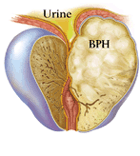
Blocked prostatic urethra
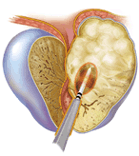
Laser quickly and safely reduces a precise area of the enlarged prostate. Excess tissue is naturally absorbed by the body
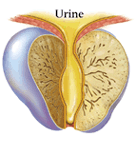
Symptoms usually start to improve within 3 to 4 weeks. Symptoms typically continue to improve over 8 to 12 weeks
The treatment is typically an outpatient procedure, meaning patients are not usually required to stay overnight in the hospital. However, the procedure is now being performed in doctors’ offices. BPH treatment with the Índigo Laser System can be completed in 30 minutes or less. And there are many choices of anesthesia available. These includegeneral (where the patient is unconscious), spinal (where the patient has no feeling below a certain point on his body), and local (only the immediate area being treated is numbed). Choice of anesthesia will vary depending on the patient and the size of the prostate.
Benefits Include in India :
- Less pain during recovery time
- Avoidance of damage caused by muscle retraction of open surgery
- Reduced blood loss
- Shorter hospital stays
- Quicker recovery times
- Less visible scars
- Safe as conventional
What Causes SUI ?
Stress incontinence may occur as a result of weakened pelvic muscles that support the bladder and urethra, or because of malfunction of the urethral sphincter. Prior trauma to the urethral area, neurological injury, and some medications may weaken the urethra.

